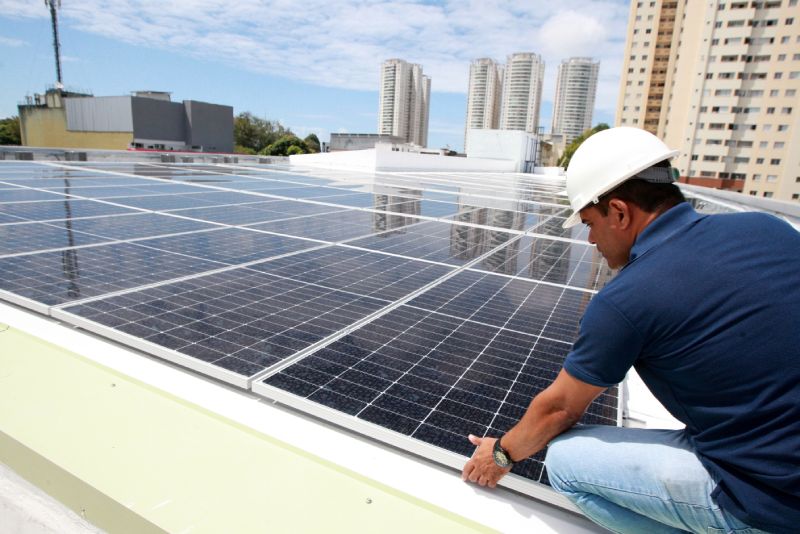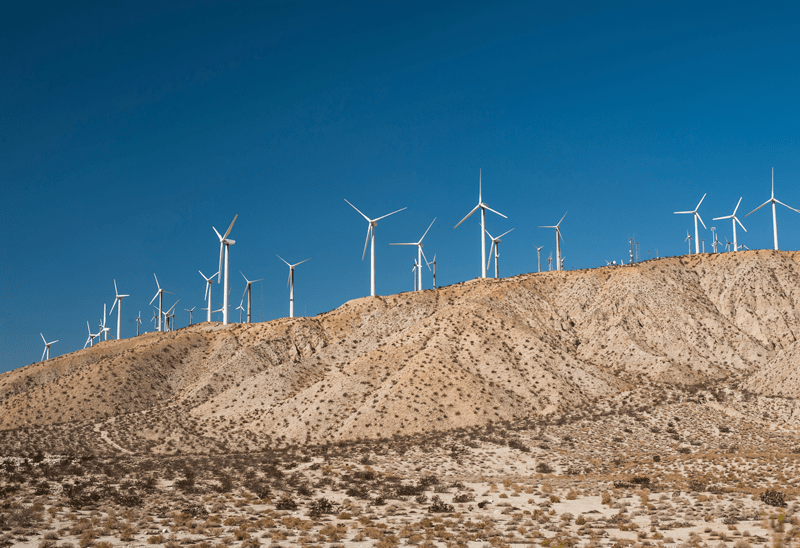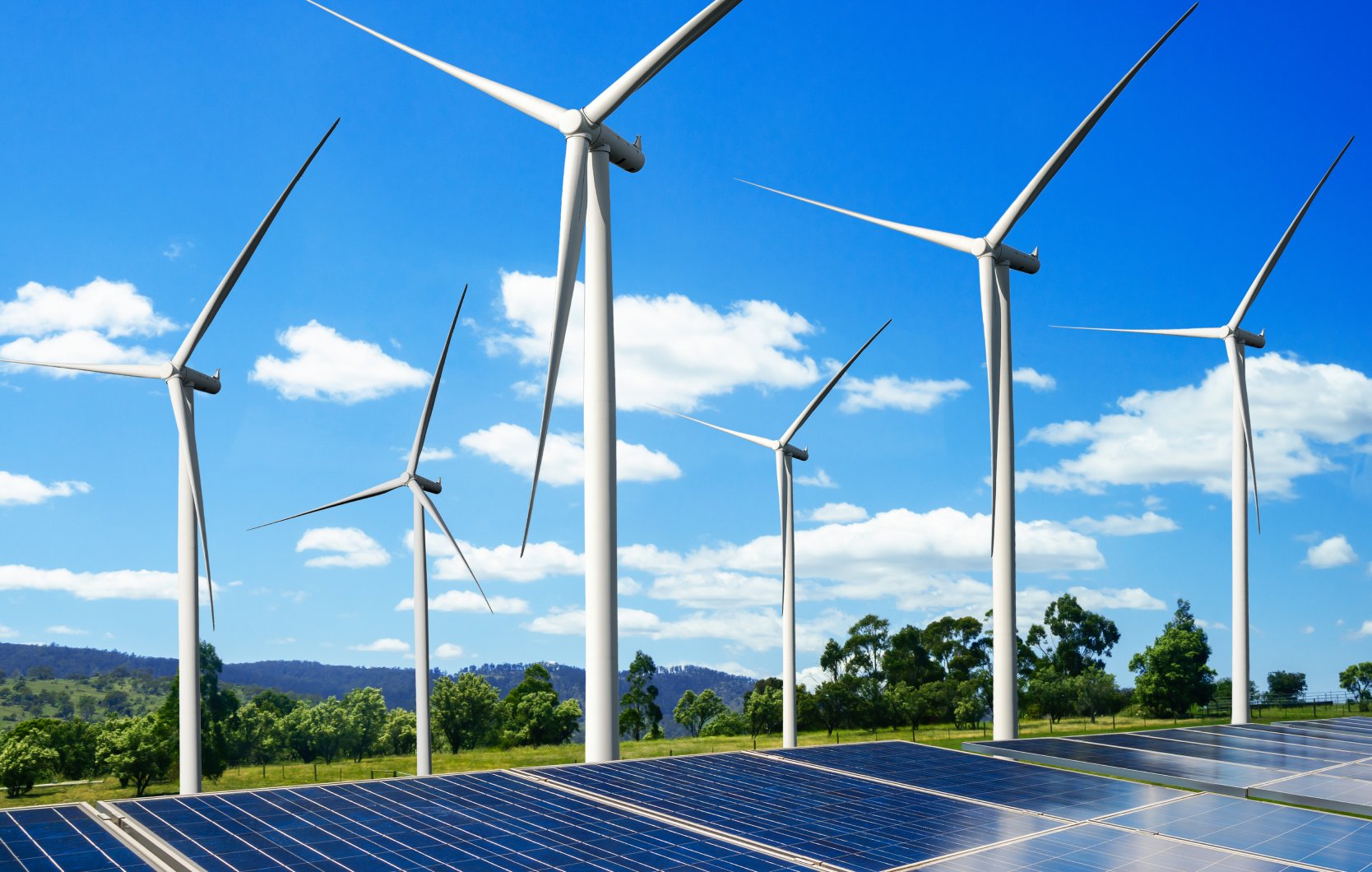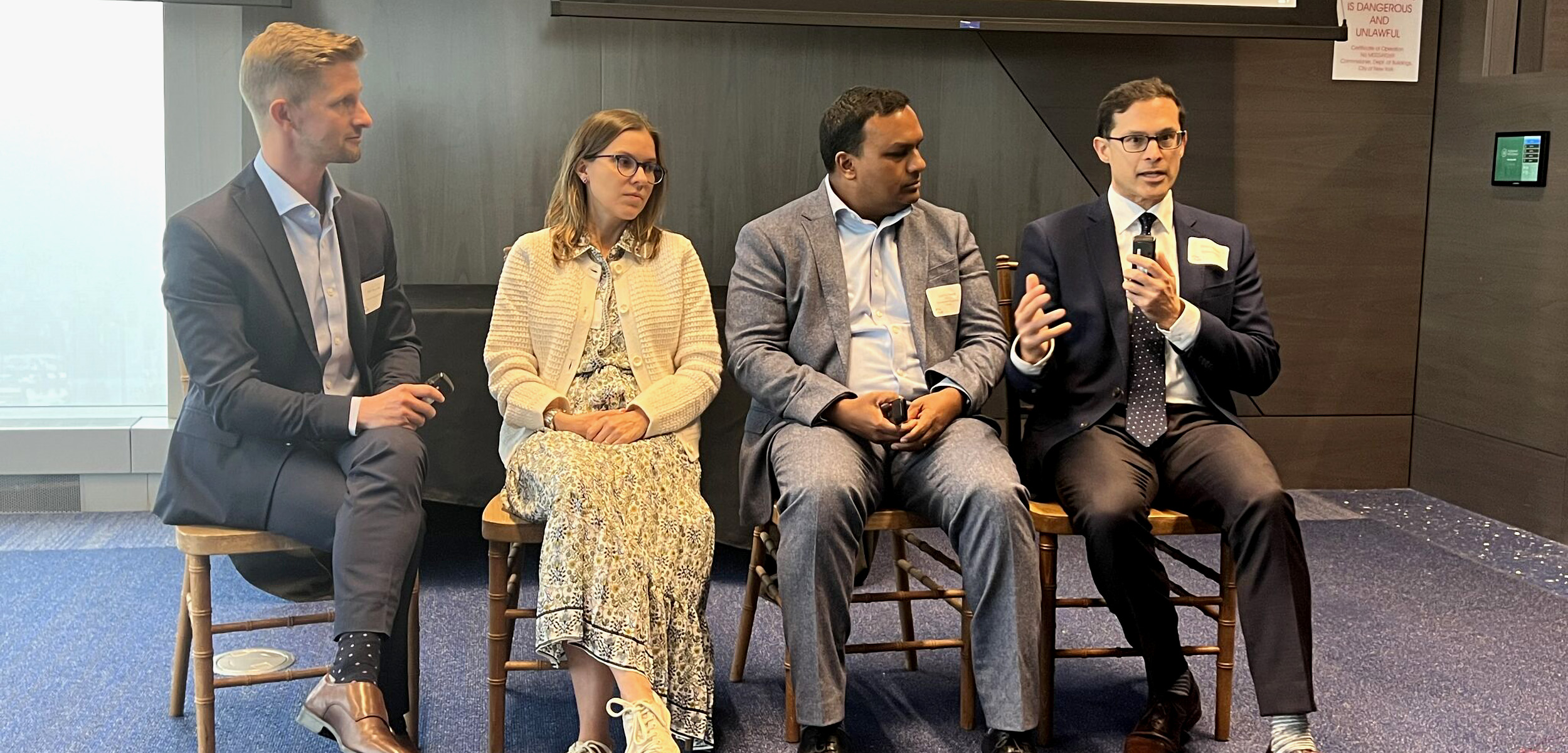This is the last entry of a ten-part blog series celebrating the Lab’s 10th anniversary. The series shares insights and lessons learned over the past decade, exploring practical knowledge from accelerating climate finance solutions in emerging markets. See all entries here.
September 17, 2024

Since the Lab’s inception a decade ago, we have seen growth and transformation in the climate finance landscape. Global capital and market penetration in climate-related sectors have increased significantly, while innovation and falling price curves in renewables, electric vehicles, climate tech, and other key sectors have made a pathway to net zero look feasible, albeit fraught with challenges. This blog explores the emerging trends, opportunities, and challenges in climate finance as we look ahead to the Lab’s next 10 years.
Key trends to watch in the shifting climate finance landscape
Progress on climate finance has been driven by all actors and sectors of the economy – from government to industry and business to the financial sector.
From a policy standpoint, frameworks like the Paris Agreement, moves to enhance climate-related corporate disclosures, advancement of green taxonomies, and other pro-investment climate policies have set a benchmark for change and created clear market signals. Together, these influence how domestic and international investors are thinking about climate investment opportunities and how to integrate climate materiality into investment decisions and portfolios.
In addition, companies are increasingly recognizing the importance of reducing their greenhouse gas emissions not just from their operations (scope 1 and 2) but also pushing for decarbonization across their suppliers, customers, and other entities within their value chain (scope 3). Despite the slower-than-predicted growth in the voluntary carbon market, these companies’ net zero commitments have fueled investment in innovative carbon reduction and removal approaches, many of which have co-benefits, including biodiversity, nature, and livelihoods. These have led to a much wider scope of climate projects that can now be considered commercially viable, which is reflected in the projects we support at the Lab.
As part of this transition, blended finance has become an increasingly relevant topic. Although it is still a small piece of the overall climate finance mobilization pie. The Lab was founded on the need to use public and concessional capital to effectively de-risk private investment, and the term “blended finance” did not even exist back then. It has been interesting to see the climate finance discussion evolve from something primarily driven by international climate policy and the UNFCC to something pivotal in the minds of many VCs, private equity firms, family offices, and, increasingly, large commercial and institutional investors.

Challenges in emerging market climate finance: Risks and misperceptions
While there are many reasons for optimism, emerging market climate finance contains many layers of risk. From political and regulatory risk to off-taker risk, technology risk, currency risk, transaction size, and other issues that drive investors away from emerging markets, it is a challenging space that does not naturally fit with the mandates and incentives of many large capital managers and allocators. These risks, both real and perceived, deter capital allocation to potentially viable and profitable climate projects, exacerbating the investment gap.
This challenge is compounded by the fact that most of the world’s capital is concentrated in developed markets like the US, UK, and European Union, leaving emerging markets limited access to finance for crucial climate projects.
Most investors, and perhaps humans in general, have a tendency to stick with what has worked in the past – but we are living in a rapidly changing world, and the next 30 years will not be anything like the last 30. Unfortunately, this aversion to change often proves to be the case for pension funds and institutional investors, who hold the majority of the world’s capital. These institutions should be the most concerned with climate risk and the investment opportunity that the energy transition presents, given their mandate for long-term capital preservation and growth. However, they are often constrained by outdated regulations, portfolio management and risk approaches, and incentive structures. In addition, data gaps that could unpack the difference between real and perceived risk in climate sectors compound these challenges.
To see a meaningful shift, we need changes in incentives and regulation, crucially ensuring there are products and tools available that take into account the constraints of large capital allocators and provide viable pathways to invest in climate-relevant sectors, especially in underserved geographies.
Curating instruments and large-scale deals that fit the needs of large institutions is certainly possible and proven. We have seen this in the Lab portfolio through instruments like the Green Guarantee Company and Climate Investor One. We must continue to test and scale investment approaches that can unlock the kind of capital being sought for climate projects across the globe.

Seizing opportunities for when low-carbon investments become the norm
We need an all-hands-on-deck approach to meet our international climate targets and transition to a low-carbon economy. NGOs and advisory institutions focused on policy and regulation can be crucial in pushing governments towards action through advocacy, lobbying, and other means. The Inflation Reduction Act, SFDR, and the almost 50 green investment taxonomies now in place or under development in countries and economic regions across the globe would not have happened without NGOs, activists, and advisory bodies pushing for change.
Speaking from the public sector side, in addition to designing and implementing strong policy levers, governments must focus more intently on private sector investment mobilization and partnerships with private investors, which is not always easy or natural but is very necessary. In addition, governments can use their influence and role as shareholders to push bilateral DFIs and MDBs to shift risk-return expectations in favor of climate impact and increase development banks’ willingness to subordinate to private investment. We need to fundamentally transform how the development bank ecosystem operates, including how investment decisions are made, how they work with smaller and locally led developers and fund managers, and ensuring practices and product lines reflect the reality of climate risk and the energy and infrastructure transition are also crucial.
The private sector also has a significant role. There is a massive opportunity to break out of the box and explore innovative emerging market opportunities, and we’re already seeing a big uptake here, not only from large institutions but also with the rapid growth of climate-specific funds and firms that are led by alumni from some of the world’s largest investment banks.
Looking towards the future and zooming out to the big picture, I hope that in a few decades, when my child is my age, climate finance won’t exist – climate considerations will simply be baked into how capital is allocated. Energy investment will be low-carbon by default. Fossil fuels might still have a role, but the rapid technological shift, cost curves, and integration of physical and transition risk into decision-making will mean that clean energy is the only viable option in most contexts.
Investments in agriculture and food systems will incorporate soil health, regenerative agriculture, alternative protein sources, and methane capture. Climate considerations and the value of natural assets will be priced into capital decisions. In transportation, investments will naturally shift towards low-carbon options as these become easier, less expensive, and more convenient, just as we have seen with the adoption of electric cars in some markets.
At scale, people make climate-smart decisions not out of altruism or concern for our planet but when it makes sense for their lives. We have to continue to build an economy that reflects this fact, and infrastructure and investment will follow.
While this is quite broad, the tactical vision includes everything we have been discussing: ambitious regulatory frameworks, strategic public investment, well-designed incentives, and collaboration across public, impact, and purely commercial capital sources.
This transformation presents a formidable task, but we have seen such significant shifts in a short time. We have an incredible opportunity to transition to a clean economy in just a few decades, moving away from a carbon-intensive economy that took over 200 years to build. We will get there, and we’ll get there together.
Check out the entire Lab 10th Anniversary blog series
1. Five strategies to break down barriers to private climate investment
2. How a well-designed theory of change guides clearer social and environmental modeling
3. Building a compelling investment case for climate finance instruments
4. Making the most of concessional capital: The Lab’s blended finance approach
5. Enhancing the appeal of small-ticket investments with Sustainable Energy Bonds in India
6. Why Climate Adaptation Notes didn’t take off – and the lessons I learned
7. How Brazil’s Green FIDC became the Lab’s champion for private investment mobilization
8. Adaptation finance: Six key steps for structuring instruments that deliver results
9. Beyond box-ticking: Why gender-responsive climate finance is effective climate finance
10. Emerging trends, opportunities, and challenges in climate finance
BONUS: A decade of the Lab: Finding a balance between climate finance and actionability (24 September)




